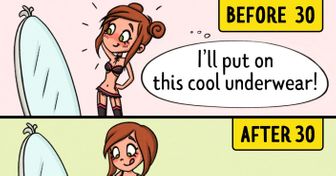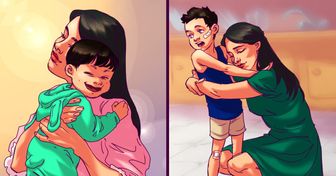10+ Pairs of Celebrities That Surprisingly Are the Same Age
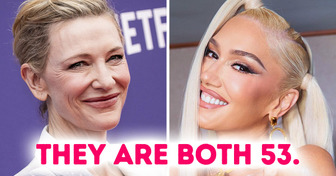
Dinosaurs are some of the most fascinating creatures to have ever walked Earth. It’s a shame that we won’t be able to have Jurassic Park, where we can see some of the coolest creatures come to life. But we are actually living with some creatures that are just as old as dinosaurs, such as crocodiles and sharks. They haven’t changed much since they appeared millions of years ago.
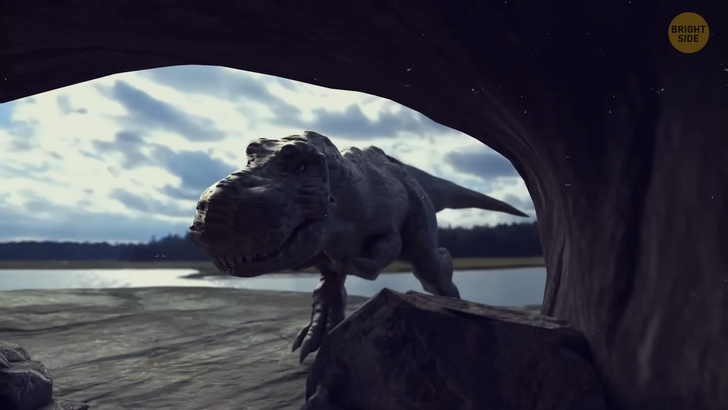
But most dinos didn’t make it when the asteroid struck Earth. In a way, the asteroid was a giant reset button for the planet. After hitting Earth, this space traveler wiped out almost every living thing. The sky was covered with ash, which blocked out sun rays. This meant that plants couldn’t grow, and this made a lot of herbivores really hungry.
As a result, they had to change their diet and adapt to the new changes. This forced some of those dinosaurs to take on a new path in life, turning into some modern animals we know today. If the asteroid had changed its course just a bit, then dinosaurs would have remained the dominant species. So what would have happened if dinosaurs had stuck around?
First of all, evolution would have played out differently for them. Maybe during those millions of years, humans would not have evolved to be on top of the food chain. Imagine a world where dinosaurs still existed today. If dinosaurs had evolved as humans did, then we’d have to compete with them. There were multiple species of humans, but Homo sapiens, AKA us, prevailed. A humanoid dino or dinoid would be something... strange.
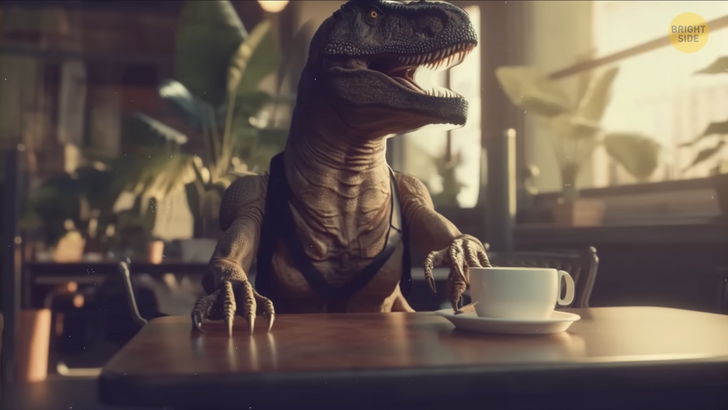
First of all, they would look different, more reptilian than us. Our brain sizes would differ, and they would be physically bigger and stronger. Putting a human and a dinoid side by side would be interesting. Dinoids would have scales, as opposed to human skin, and their teeth would be sharper. They would probably not have 5 fingers on each hand, and their nails would be sharp claws.
We don’t know what they would sound like, but they’d possibly be guttural like crocodiles. Dinosaurs had very good vision compared to mammals, so it’s possible we’d see dinoids with large eyes. The population of Earth has reached a staggering 8 billion people, and we have changed our environment to suit our needs. With that said, if dinoids were the dominant creatures, then the environment would be suited for them.
Speaking of physical features, scientists predicted what dinoids would look like if they had evolved into intelligent creatures that walked upright and had opposable thumbs. These wiggly thumbs are important for evolution since they helped humans start using tools for defending themselves and hunting. The creature may not look like the ideal reptile, and its appearance might not be flattering, but if dinosaurs had evolved, then these creatures could be your classmate or colleague at work.
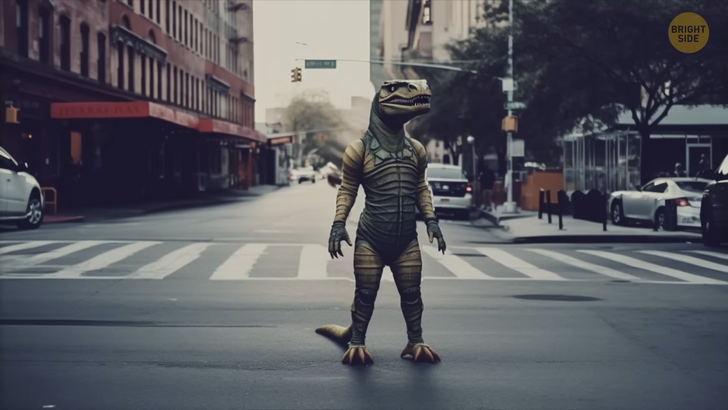
Not all dinosaurs were alike, as their fossils have shown. Some were gigantic, while others resembled any modern-day animal. The biggest land-walking dinosaur was the Titanosaur, although the measurements are only rough estimates based on fossilized bones. It’s estimated that the dino was around 122 feet long and lived between 100 and 95 million years ago. It was so massive that its weight was equivalent to 18 modern-day elephants.
There were dinosaurs all over the world, in different time eras, climates, and landscapes. However, only a handful were known as giants. But though they excelled in body size, they lacked in brain size. Some of the most well-known dinosaurs, like the Allosaurus and Stegosaurus, had very small brains, like me, which means it would’ve been nearly impossible for them to properly evolve into intelligent beings. Tell me about it.
But in the late Cretaceous period, the T-Rex roamed the land. It had larger brains than its Allosaurus counterparts, which were millions of years behind. Even so, the T-Rex’s brain only weighed just under a pound. A human brain is nearly 3 pounds. It might have been cool to see a T-Rex evolve into an intelligent being with opposable thumbs on its tiny stick hands.
Contrary to popular belief, the T-Rex was actually quite slow, and a human could have easily outrun it. So we know that these days, they wouldn’t belong in any competitive sports that involve running. We know that dinosaurs could be herbivores and carnivores. But throughout their evolution, one thing remained the same — they had small brains.
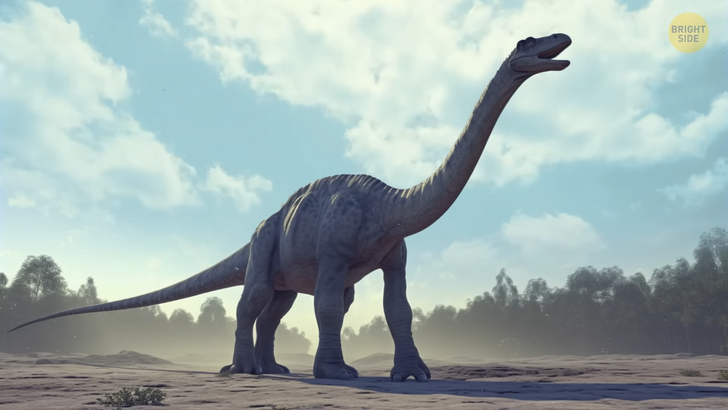
Other forms of dinosaurs were around, too, such as long-legged and horned creatures. Either way, they were on top of the food chain even when little mammals had cameo appearances. We have to consider that when the asteroid struck and wiped out dinosaurs, mammals took over the scene.
If dinosaurs and mammals had shared the dominant position in the food chain and had followed a similar path in their evolution, then today’s reality would be completely different than what we have now. Dinosaurs would have bigger brains and would compete with humans for the title of the smartest creature. One of the reasons why humans and parrots can talk is because of the strength and shape of our tongues. The evolved dinosaurs would have a different skull — shaped to fit such a tongue — if they wanted to talk like humans.
One of the reasons why humans made it to where we are now is because we evolved to stand upright to detect predators. This was one challenge we had to overcome in order to survive. But what would dinosaurs need to challenge if they were already the most dominant creatures? Some of the big-brained dinosaurs had long legs, which means they could run fast, detect predators, and grab food that, otherwise, would be beyond their reach. Their evolutionary path would be very different from that of humans and maybe even more advanced.
Their brains could have evolved into something impressive. They could turn out smarter than us and possess quicker reflexes. Imagine dinosaurs discovering gravity instead of Isaac Newton. Or a dinosaur writing plays and poems better than William Shakespeare. Imagine dinosaurs possessing the creative knowledge to produce some of the finest art in history. Music and cinema would revolve around dinosaur culture, and fashion would look otherworldly.
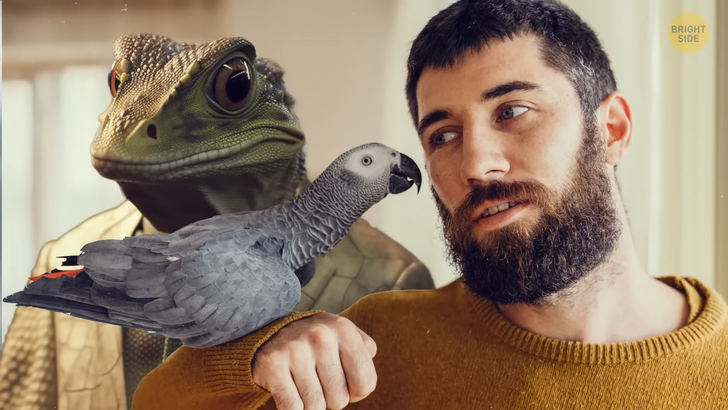
We would live in peace with dinoids, but we would certainly compete with them. The World Cup would feature dinosaurs and humans playing for their national teams, but clubs would be exclusively human or dinosaur. Some professions would be dominated solely by one species, and more physically demanding jobs would be taken by dinosaurs — like laborers or security guards.
Eventually, dinosaurs would take over the world since they would be physically stronger than humans and would have better advantages than us. Humans, on the other hand, would need to figure out a way to keep up with dinosaurs. Mammals had a different path of evolution where they never became gigantic super beasts as dinosaurs did. Instead, their brains developed and grew big.
But even though humans are the smartest creatures on the planet, we don’t have the biggest brain. Animals like orcas, whales, elephants, and other apes have bigger brains here. So why are we smarter than them? The answer is we don’t know. The brain is the most complex organ we have, and we know so little about it. We don’t know exactly why it’s so complex or why it behaves like that.

Today’s dinosaur descendants, like crows and parrots, have complex brains which allows them to communicate, use tools, and even count. Bigger doesn’t always mean better in this case. A parrot’s brain is smaller than a cat’s, but it’s far more complex and intelligent than that of any feline out there.
Some scientists argue that dinosaurs from the movies aren’t 100% accurate and that they used to have feathers. In terms of evolution, some small feathered dinos might have followed the path of primates. They might have evolved into a tree-dwelling primate that may also have followed the path of becoming another species of human.




